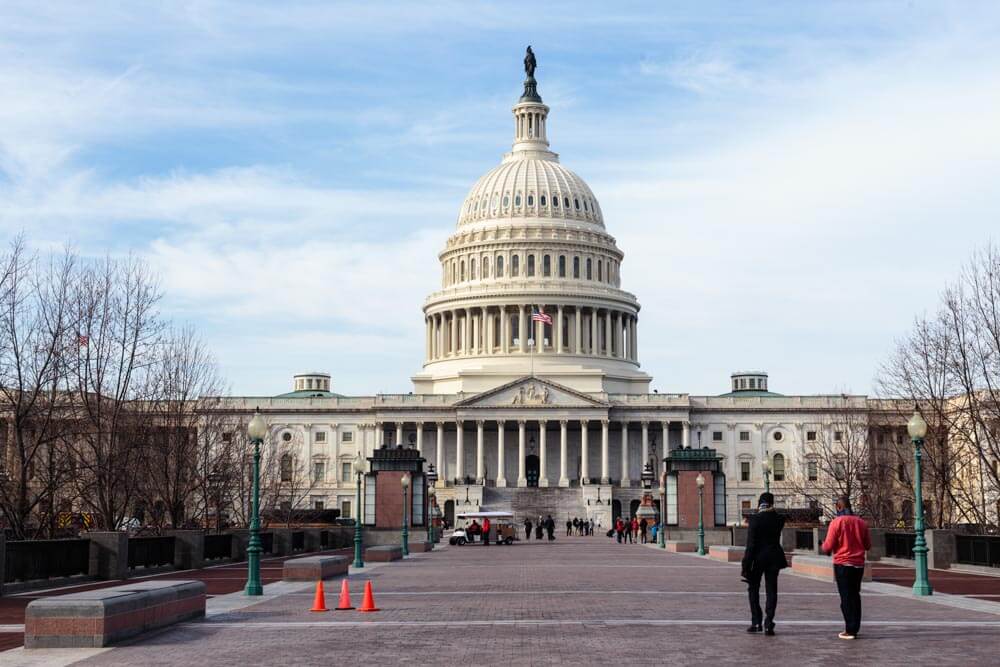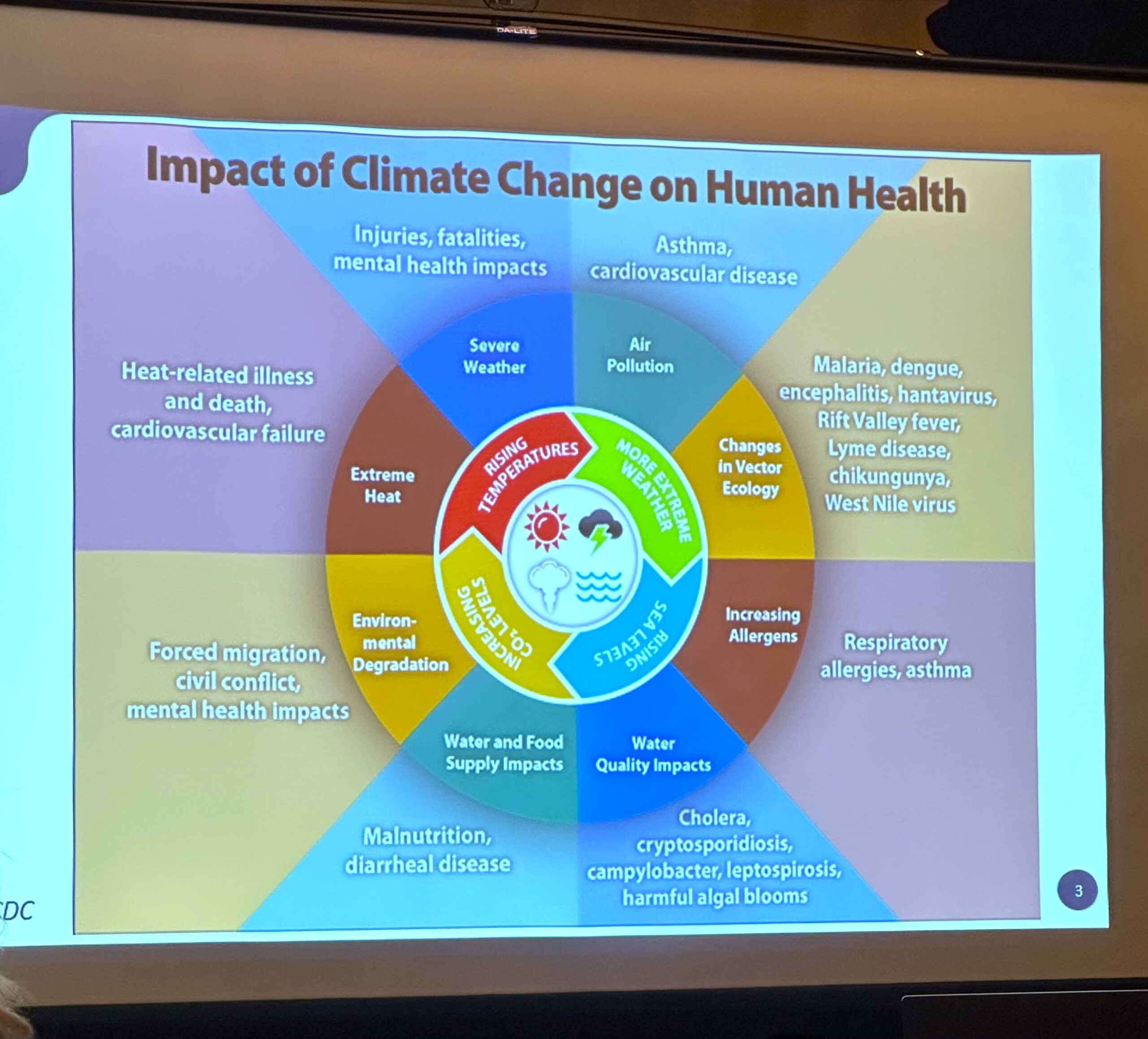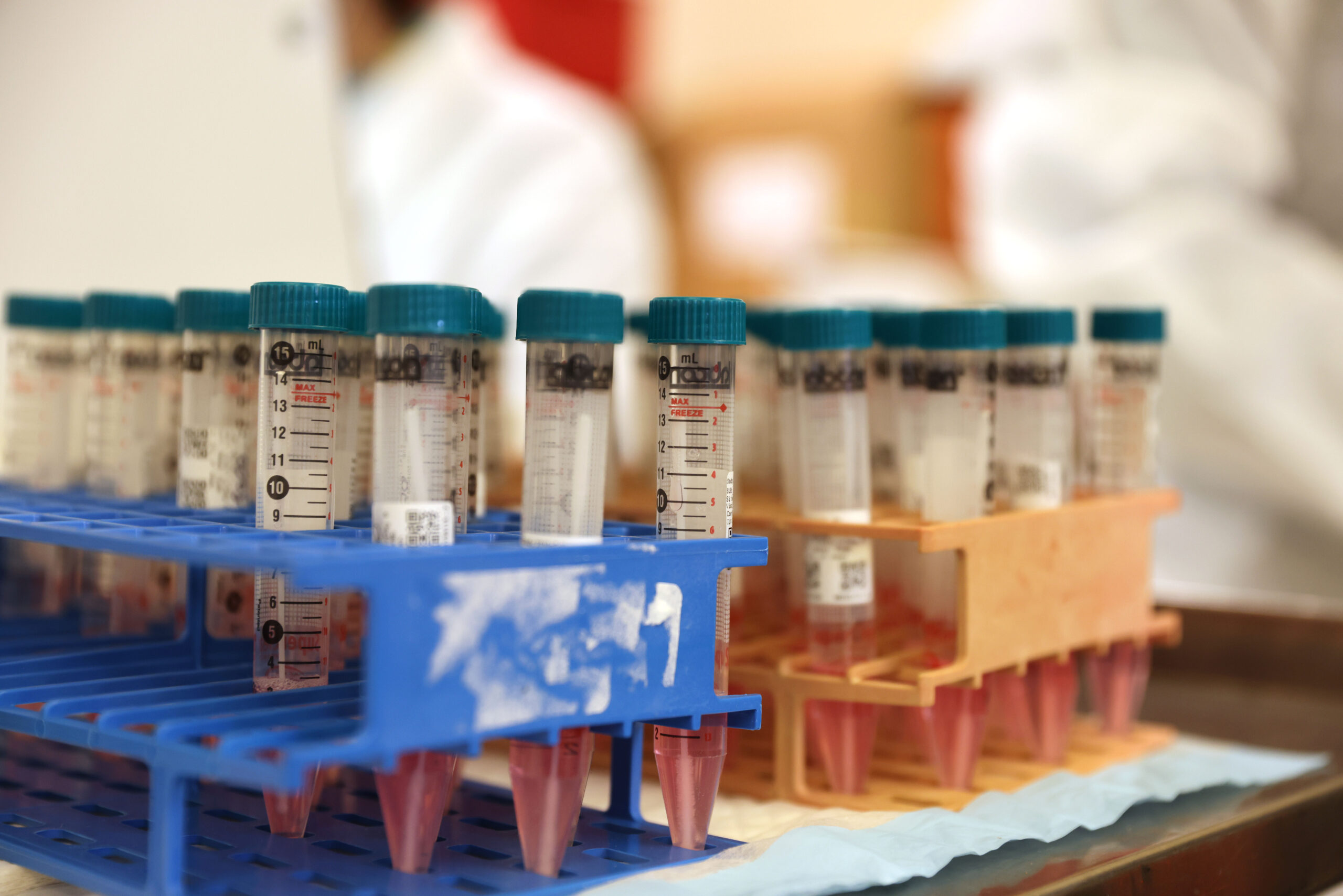What’s in the $900B Emergency Relief Bill — And What’s Out

Congress is set to pass a massive bipartisan emergency relief bill this week that’s intended to aid Americans affected by the COVID-19 pandemic. Summaries from House Democratic appropriators say it includes:
DIRECT CHECKS
—$166 billion in another round of economic impact payments that will go directly to Americans.
—$600 stimulus checks for individuals that begin phasing out at an income of $75,000 and $1,200 for married couples phasing out at an income of $150,000, as well as $600 for each child dependent.
—Language stating that taxpayers without a Social Security number are ineligible to receive stimulus payments unless married to a spouse who has a Social Security number or children with them.
UNEMPLOYMENT
—$120 billion in unemployment insurance.
—An additional $300 a week in benefits for the jobless, through March 14.
—An extension of the Pandemic Unemployment Assistance program, which expanded coverage to the self-employed, gig workers and others in non-traditional jobs.
—An extension of the Pandemic Emergency Unemployment Compensation program, which provides additional weeks of federal unemployment benefits to those who exhaust their state benefits
BUSINESSES
—Extension of a tax credit to employers who offer paid sick leave.
—$284 billion in loans through the Paycheck Protection Program.
—$20 billion for grants through the Economic Injury Disaster Loans program.
—$15 billion for struggling live event venues. There is a set-aside of $2 billion for eligible entities that employ not more than 50 full-time employees.
—$15 billion in grants to employees of passenger air carriers, passing to workers through each carrier. Provides $1 billion in grants to employees of contractors.
CHILD CARE
—$10 billion to help keep child care providers open.
—$10 million for the National Child Traumatic Stress Network.
FOOD ASSISTANCE
—A 15% increase in benefits for six months for recipients of the Supplemental Nutrition Assistance Program, or food stamps, at a cost of $13 billion. SNAP eligibility is also expanded for certain college students, including those eligible for federal or state work study.
—$5 million to expand a program in SNAP online purchasing.
—$400 million for the Emergency Food Assistance Program, to be used through Sept. 30, for food banks and pantries.
—Emergency costs covered for child nutrition programs, such as school meals and child and adult care food programs, during the pandemic.
—$175 million for additional emergency food assistance through the USDA for older Americans, including $7 million for tribal nutrition assistance.
—$614 million to Puerto Rico and American Samoa for nutrition assistance, including $14 million for the Commonwealth of the Northern Mariana Islands.
FARMERS
—$11 billion to USDA to help agricultural producers, growers and processors.
—$100 million to support specialty crop producers and address supply chain issues.
—$100 million to support local farmers, farmers markets and others disrupted by the pandemic, through the Local Agriculture Market Program.
HEALTH
—An end to surprise billing in emergency and scheduled care.
—$1.25 billion to support research and clinical trials related to the long-term effects of COVID-19.
—$4.25 billion to provide increased mental health and substance abuse services and support.
—A one-time, one-year increase in the Medicare physician fee schedule of 3.75 percent.
VACCINES
—$20 billion to purchase more vaccines and therapeutics.
—$8.75 billion to aid in distributing vaccines.
—$22 billion to states to pay for testing and tracing efforts.
HOUSING
—$25 billion in rental assistance and an extension on the eviction moratorium until the end of January next year.
FUNERALS
—Up to $2 billion through states for families with funeral expenses due to COVID-19 through Dec. 31. The bill requires the Federal Emergency Management Agency to provide this assistance, and waives an otherwise required 25% state match.
EDUCATION
—$54.3 billion in emergency relief funds for K-12 schools. That will include school facilities repairs and improvements in heating, ventilation, and air conditioning systems projects to improve indoor air quality. Funds will also address learning loss among students.
—$4 billion for a schools relief fund to be administered by governors. Of that, $2.75 billion will go toward grants for non-public schools. States are barred from using the money for school vouchers or tax credit scholarship programs.
—$22.7 billion for emergency relief for colleges and universities, including $908 million for grants at for-profit colleges and $1.7 billion for Historically Black Colleges and Universities, tribal colleges and minority-serving institutions.
—$7 billion for increased access to broadband internet, including $3.2 billion in an emergency fund for low-income families’ access through the FCC and $1 billion for a tribal broadband fund.
—$819 million for outlying areas and Bureau of Indian Education-operated and funded schools and Tribal Colleges and Universities.
TRANSPORTATION
—$2 billion to help with operation costs for airports, including economic relief for concessionaires.
—$10 billion for state departments of transportation that can be used to replace funds lost by other sources of revenue.
—$1 billion for Amtrak, and prevents any further employee furloughs.
—$14 billion in aid for transit systems.
CLIMATE CHANGE
—Phase out of the use of hydrofluorocarbons (HFCs), which is a potent class of greenhouse gases that are used in refrigerators and air conditions, by 85% over the next 15 years.
—$35.2 billion in research and development for a clean energy bill for the next decade on technologies that combat climate change such as energy storage, carbon capture, among others.
—A delay in a scheduled phase out for renewable and investment tax credits.
What’s out of the stimulus bill:
—Student loan relief: The package does not extend the suspension of student loan interest and payments, which is set to expire at the end of January.
—Direct aid to state and local governments: Democrats unsuccessfully sought billions in new funding for cash-strapped state and local governments. But it does allow any states with unused dollars from the CARES Act to spend those dollars in 2021 instead of returning any remaining funds at the end of this month.
—Liability protections: Republicans unsuccessfully sought legal protections for business owners from COVID-related lawsuits when employees become sick.





 Creative Commons Attribution
Creative Commons Attribution